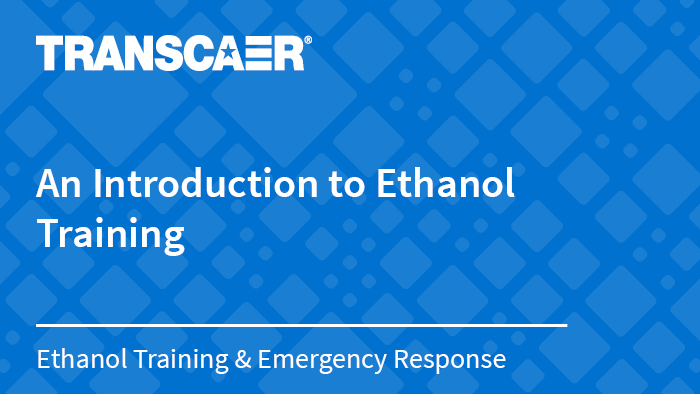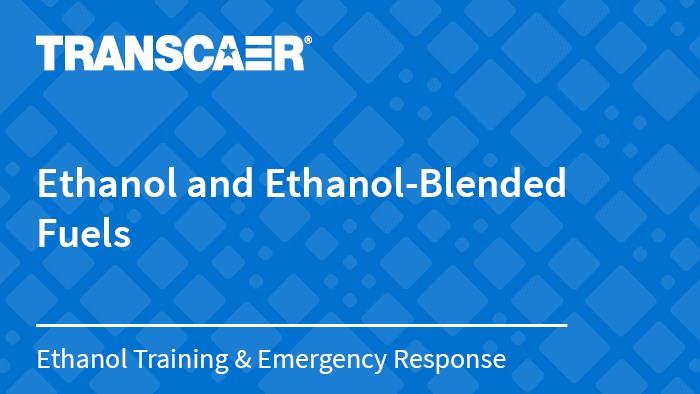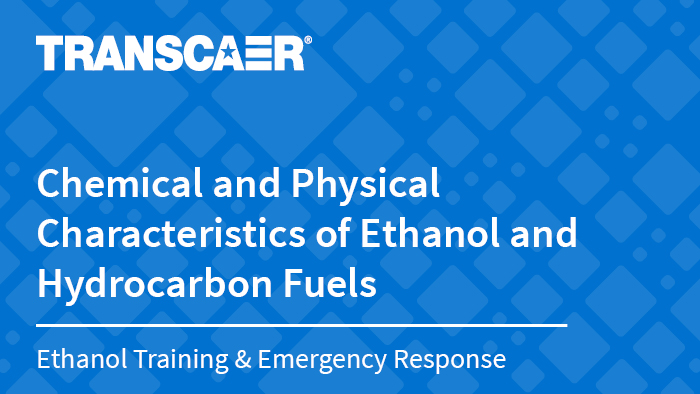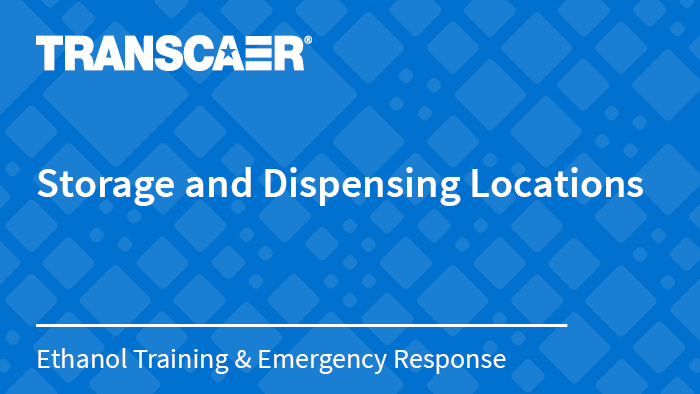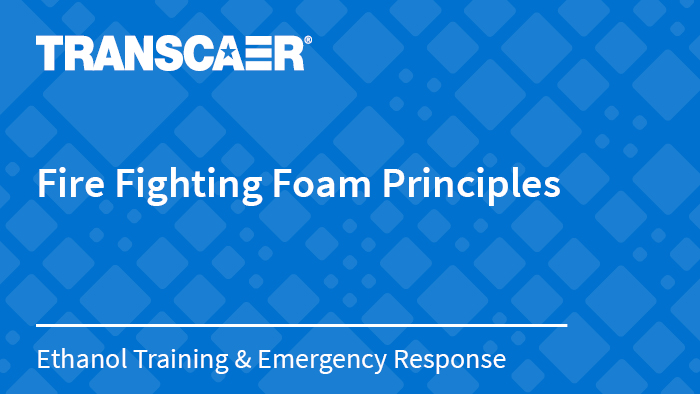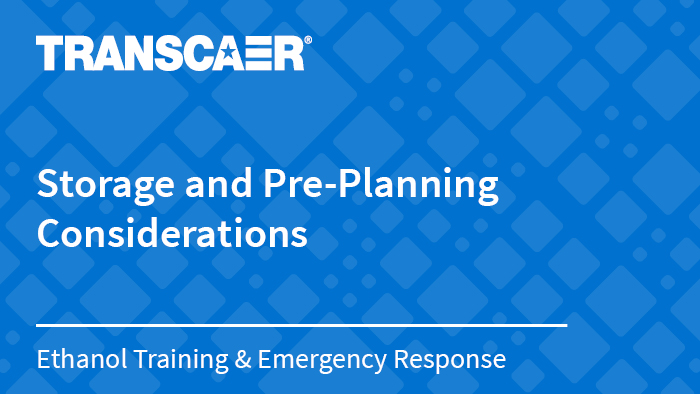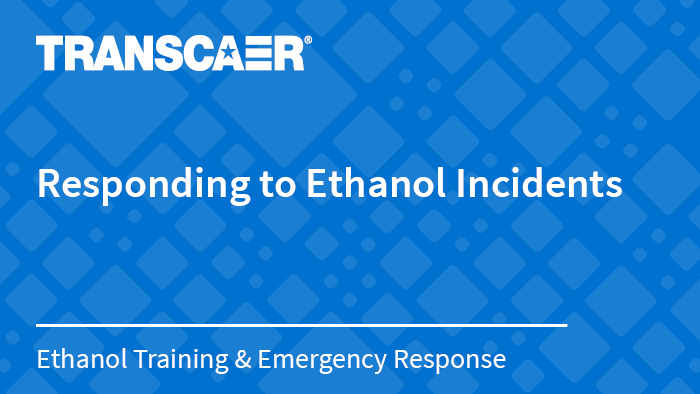Ethanol Training & Emergency Response
Online Training
The Renewable Fuels Association (RFA) created an ethanol emergency safety training course. Attendees taking this training course will receive in-depth information on proper training techniques that emergency responders and hazmat personnel need to effectively respond to an ethanol-related emergency.
- An Introduction to Ethanol Training
- Ethanol and Ethanol-Blended Fuels
- Chemical and Physical Characteristics of Ethanol and Hydrocarbon Fuels
- Transportation and Transfer
- Storage and Dispensing Locations
- Fire Fighting Foam Principles
- General Health and Safety Considerations
- Storage and Pre-Planning Considerations
- Emergency Response Considerations
- Responding to Ethanol Incidents
- Ethanol Tank Car Walkaround
- Tank Car Loading and Unloading
More Online Training
Explore other hazmat training topics in the TRANSCAER® online video course library.
More Ethanol Resources
Explore additional ethanol training resources provided by the Renewable Fuels Association.
Earn a certificate for this course
If you'd prefer to earn a certificate of completion for the Ethanol course, enroll here.
